The Legend of Hampi
- In Travel
- 09:04 PM, Nov 28, 2025
- Pranav Karthik Iyer
Hampi is the divine spot where the Vijayanagara Samrajya began. The empire was founded by Harihara I and Bukka Raya I, two brothers who established a strong kingdom in southern India in the mid-14th century. They laid the foundation for what would become one of the greatest empires in Indian history.
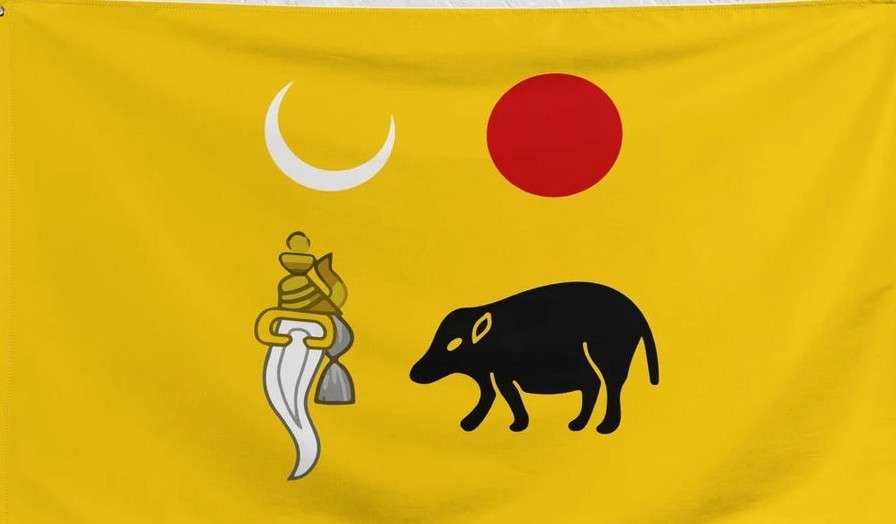
The kingdom officially began its glorious rise in 1343 AD. Several important Maharajas ruled Vijayanagara for 300 successful years, until it began to decline in 1645 AD. Its decline was followed by the stellar rise of the Maratha Empire under Chhattrapati Shivaji, whose mother used to regale him with valiant stories of the Vijayanagara Empire since he was a child.
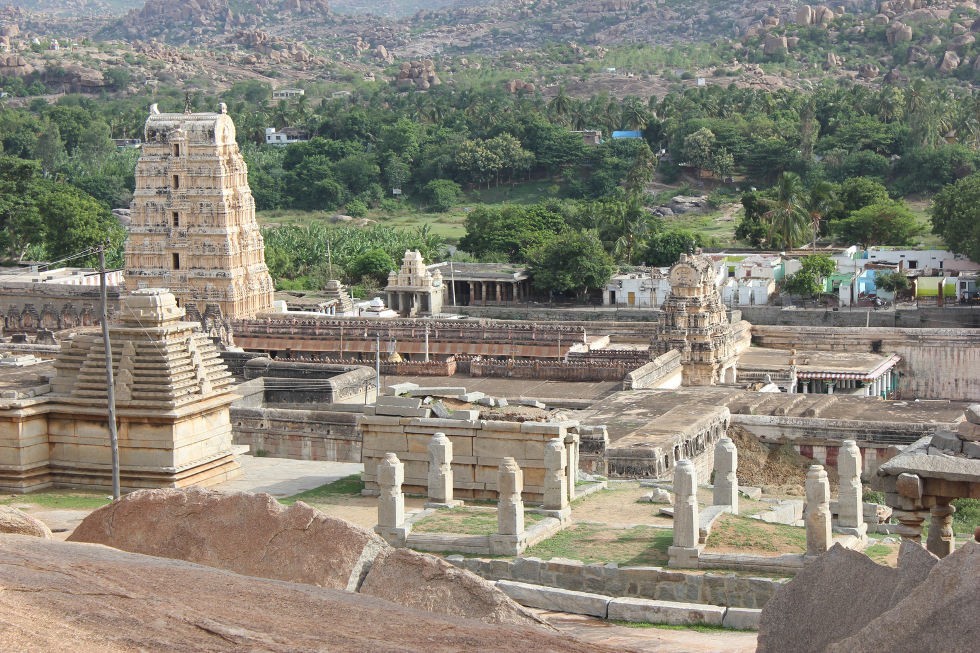
The most famous ruler among them was Shri Krishnadevaraya, who ruled from 1509 AD to 1529 AD. His time came to be known as the golden period of the empire. During this period, the kingdom was extremely rich and powerful. People say that diamonds, rubies, and emeralds were sold in the markets just like vegetables are sold today. Traders from Portugal, Arabia, China, Italy, and Persia came to Hampi to do business.
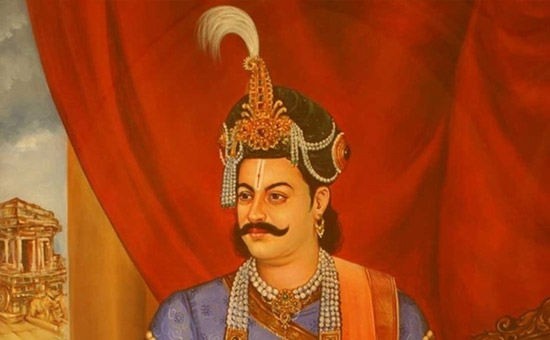
It is terribly sad that most of the information we have today about this great kingdom comes mainly from foreign traders, chroniclers, and visitors such as Domingos Paes, Firitshah, Fernao Nuniz, Abdul Razzaq, and Nicolo de Conti, and not much from Indian records. These foreigners described Vijayanagara as “the best-provided city in the world” and stated, “it was a mystery how there should be an abundance of everything therein,” amazed by its wealth and plenty.
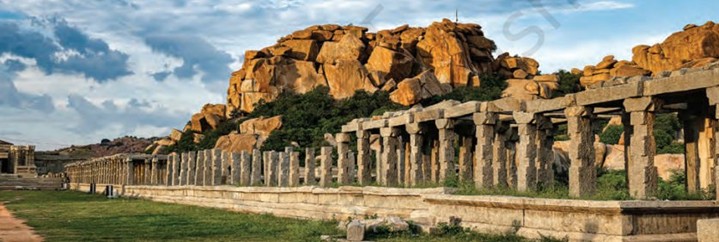
But this glory did not last forever. After 1565 AD, the kingdom started to weaken. A special tradition in the royal family was to feed the princes tiny amounts of poison from birth so they would become immune later in life. When Tirumala Devaraya became a prince, his food was given too much poison by an archenemy of the empire, and he died. Many people believed that the Maha Mantri Timmarusu, the chief minister, was responsible. The king believed it too and sent him to prison in Penukonda.
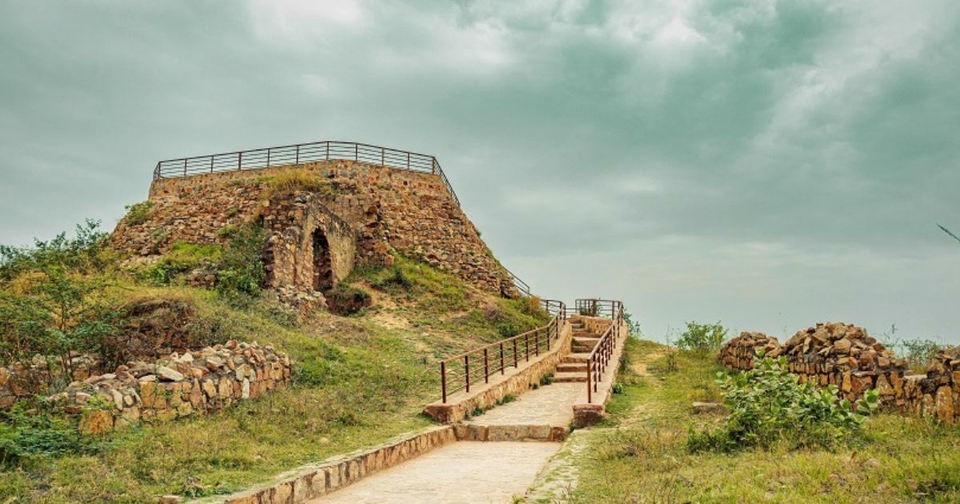
Without his wise adviser, Shri Krishnadevaraya faced challenges in ruling the kingdom. He continued to fight wars and manage the empire’s affairs, but after a long and glorious reign, he died in 1529 AD, likely due to illness or poisoning by an insider. His death marked the beginning of the weakening of the Tuluva Dynasty, as later rulers struggled to maintain the empire’s strength and prosperity.
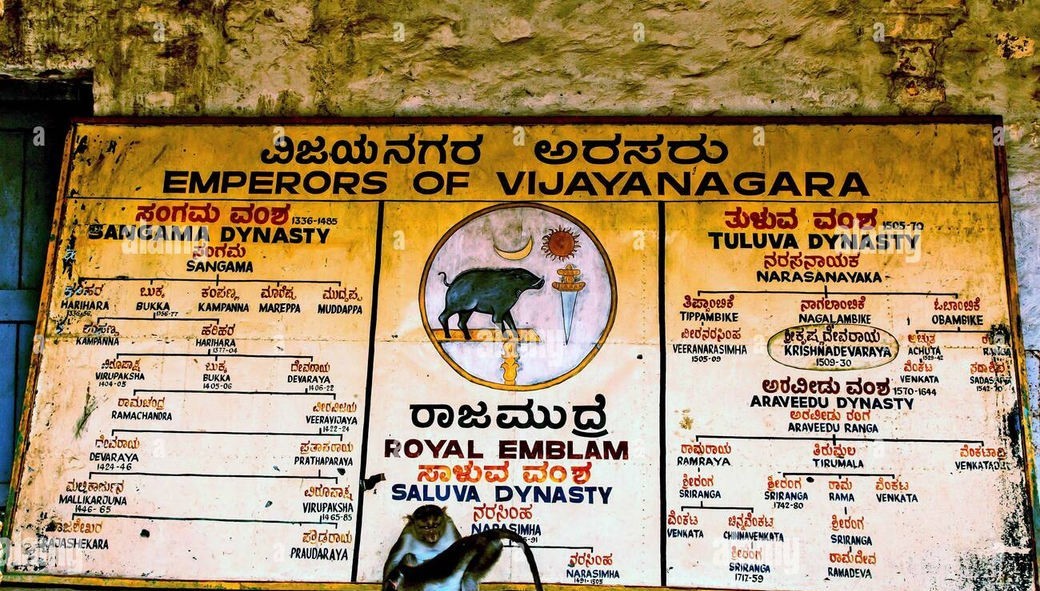
Over the following decades, different leaders fought for power, and the kingdom gradually declined. Finally, in 1565 AD, the Battle of Talikota took place, which completely changed everything. Invaders looted Hampi for more than six months. They destroyed many beautiful monuments like the Maha Navami Dibba, Vittala Temple, the Stone Chariot, and many sacred shrines.
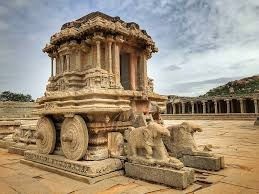
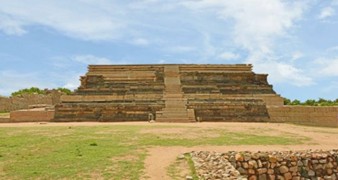
The cruelty, vengeance, and hatred for Hinduism could be clearly seen in their actions. However, the capital was shifted to Penukonda and then to Gingee, wherefrom the valiant Emperor Venkatapathi Deva Raya continued his fight and rule from 1585-1615.
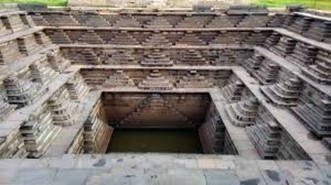
Even today, when people visit Hampi and see the huge scale of destruction, it can make their blood boil. It reminds everyone of how great the empire once was and how sadly it came to an end.
The Vijayanagar Empire is a testament to Hindu Resistance and Resurgence. We should never forget their heroism and courage! Jai Hind!



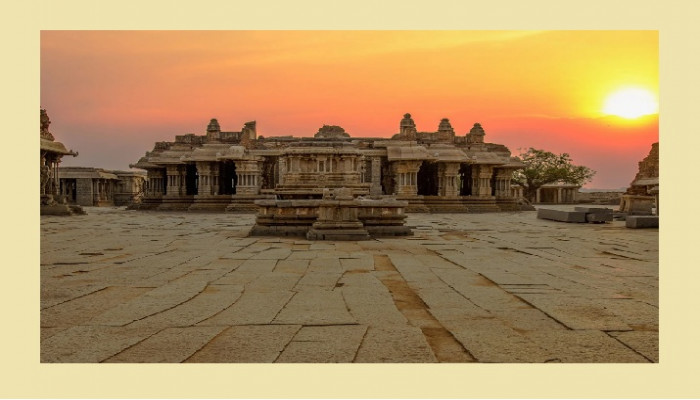



Comments